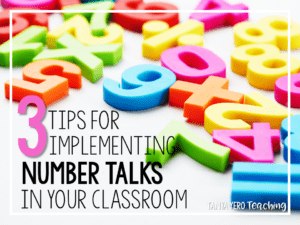Some teachers have supplemental sources of income. Tutoring is a popular side job for many educators. From homeschooling situations to a child needing extra help, it can be overwhelming to start a new tutoring job. Here are 5 steps to take so your tutoring job is seamless and effective for the child.
1.) Talk to individuals that have had interaction with the child you are tutoring – Collect as much background information as you can about the student and their needs. Ask for some graded assessments. Beginning of the year data is especially helpful as they usually paints a clearer picture of the child’s ability. Closing gaps can be challenging because sometimes the holes run deep. I once worked with a child that was about 1 ½ behind her grade level. That meant I had to talk to several of her previous teachers. Don’t be afraid to reach out to other teachers, but make sure you don’t monopolize a lot of their time. Make a list of questions you want to ask them before making contact.
2.) Talk to the parents about their long-term and short-term goals – Sometimes parents think tutors are miracle workers. After you have collected data for the child you will be working with, talk to the parents about their expectations for tutoring. Don’t be afraid to be open and honest about the child’s ability and set realistic goals. For example, a child that has major gaps is not going to plug those holes in 3 months’ time.
3.) Have activities and resources ready for tutoring sessions – A lot of tutors will use the child’s homework to help drive the instruction. But what if the student comes to you with no homework or resources? Make sure you have material aligned to the skills they are not showing mastery in.
4.) Keep sample work – Because most students that are tutored are the same students struggling in class, they are often participating in intervention groups at school. You may be called to participate in IEP or RTI meetings, so keep sample work of the child’s ability on hand for reference.
5.) Make periodic contact with the child’s teacher – Touch base with the student’s teacher to see if he/she wants you to work on anything specific. Ask the teacher if the student is showing improvement. You don’t want to bother them every week asking what you want you to work on with the child, but keep in contact. You both share the same child.
Combining these simple steps with a dash of fun will produce a recipe for a successful tutoring endeavor!






